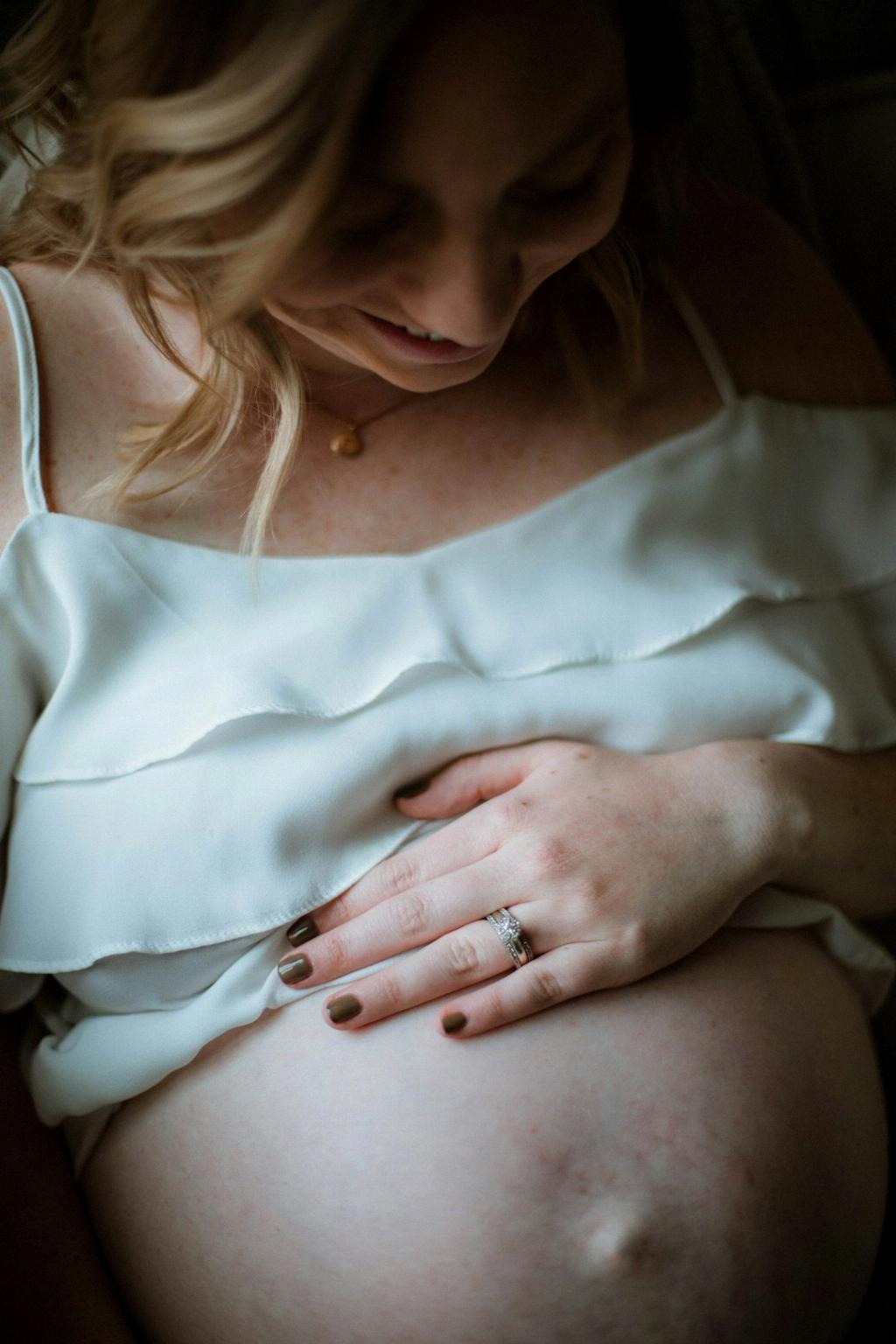One of the common questions that new mothers often have is whether fajas, or postpartum belly wraps, really work after pregnancy. Let’s delve into the topic and explore the effectiveness of fajas as a tool for postpartum recovery.
The Role of Fajas
Fajas are designed to provide support and compression to the abdominal area after pregnancy. They can help in providing extra support to the muscles and skin that have been stretched during pregnancy, aiding in the recovery process. However, it is important to note that fajas are not a standalone solution for postpartum recovery.
Benefits of Fajas
Many users have reported that fajas can be beneficial in providing added support to the abdominal area, especially in the immediate postpartum period. The compression provided by fajas can help in reducing swelling, providing comfort, and aiding in the recovery process.
Limitations of Fajas
While fajas can be a useful tool in postpartum recovery, they are not a cure-all solution. It is essential to combine the use of fajas with other measures such as exercise, proper nutrition, and proper rest to achieve optimal results. Fajas alone will not be sufficient to achieve long-term muscle strengthening and toning.
Strengthening Core Muscles
One important aspect to consider is that while fajas can provide support and compression, they do not actively strengthen the core muscles. It is crucial for new mothers to engage in specific exercises targeted at strengthening the core muscles to regain strength and tone in the abdominal area.
Consistency is Key
Consistency is key when it comes to postpartum recovery. While fajas can provide temporary support and compression, it is essential to maintain a consistent routine of exercise, healthy eating, and rest to see lasting results. Fajas should be used as a complement to a holistic postpartum recovery plan.
Consulting a Healthcare Professional
Before using fajas or implementing any postpartum recovery plan, it is advisable to consult with a healthcare professional. They can provide personalized recommendations based on your individual needs and circumstances, ensuring that you approach postpartum recovery in a safe and effective manner.
Listen to Your Body
It is important to listen to your body during the postpartum period. If you experience any discomfort or pain while using fajas, it is essential to discontinue use and consult with a healthcare professional. Your body will give you indications of what is working and what may not be suitable for you.
Embracing the Postpartum Journey
The postpartum period is a unique journey for every mother. It is essential to embrace this phase with patience, self-care, and self-compassion. While fajas can be a tool to aid in recovery, the journey to postpartum wellness is multifaceted and requires a holistic approach.
Setting Realistic Expectations
Setting realistic expectations is crucial when considering the use of fajas after pregnancy. While they can provide support and compression, they are not a quick fix solution. Patience and dedication to a comprehensive postpartum recovery plan are essential for long-term results.
Final Thoughts
In conclusion, fajas can be a helpful tool in postpartum recovery by providing support and compression to the abdominal area. However, they are not a standalone solution and should be combined with exercises and a healthy lifestyle for optimal results. It is important to approach postpartum recovery with patience, consistency, and guidance from healthcare professionals.

